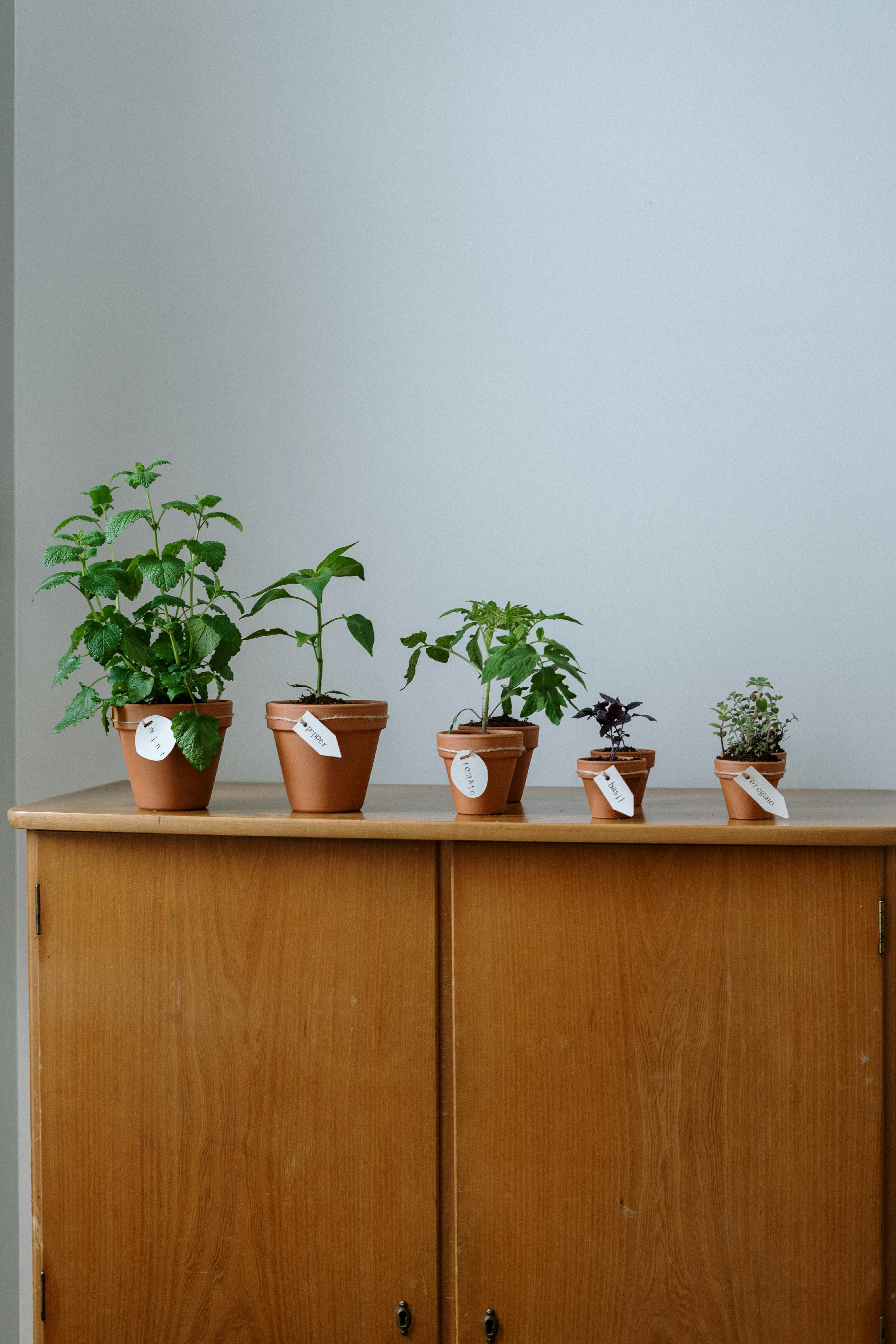
Apply Now


Smart Ways to Clean a Burnt Pan in 2025
Understanding the Importance of Proper Pan Care
Cleaning burnt pans is an essential skill for every home cook. A burnt pan not only looks unappealing but can also affect the efficiency of your cooking. Understanding how to clean burnt pans effectively can enhance your cooking experience. Proper care and cleaning methods can prolong the life of your cookware, making your kitchen a more enjoyable place to work. Being equipped with effective techniques will help you tackle burnt pots when accidents occur, ensuring that your cookware remains in optimal condition.Effective Methods for Removing Burnt Stains
Burnt stains can be particularly stubborn, but several effective methods can help restore your cookware. One popular method is using vinegar for burnt pan cleaning. Simply fill the burnt pan with equal parts water and vinegar, bring it to a boil, and let it simmer for a few minutes. This can help loosen burnt residues, making them easier to scrub away. Another fantastic option involves baking soda for burnt pans. Create a paste with baking soda and water, apply it to the burnt areas, and let it sit for about 30 minutes. Then, scrub with a non-abrasive sponge to effectively remove the stuck-on food. Taking preventive measures for burnt pans includes regularly maintaining and cleaning your cookware after each use. Understanding and implementing these strategies can not only avoid future burns but also keep your pans looking new.Home Remedies for Burnt Cookware
When it comes to burnt pan remedies, there are several home remedies worth trying. One exceptional technique is the combination of lemon and baking soda. The acidity of lemon cuts through grime, while baking soda acts as a mild abrasive. Squeeze fresh lemon juice over the burnt area, sprinkle baking soda, and gently scrub with a sponge. Another remedy is to soak burnt pans overnight in soapy water. This allows the burnt food to loosen, making it easier to clean the next day. A little patience can save you a lot of effort, providing effective burnt pan cleaning without harsh chemicals. By exploring these remedies, you can foster a sense of satisfaction in maintaining your kitchen tools, ensuring they're ready for your next culinary adventure.Top Techniques for Cleaning Burnt Pots
Scrub Burnt Residue with Effective Tools
To properly clean burnt pots and pans, it's essential to utilize the right cleaning tools. Scrubbers for burnt pans, such as gentle metallic wool or nylon scrubbers, work efficiently without damaging non-stick surfaces. Applying a suitable cleaner—like a commercial burnt pan cleaning solution or a natural cleaner—can further enhance the effectiveness of your scrubbing. When scrubbing, always use a consistent motion and apply even pressure to avoid scratching the surface. Regular maintenance, including cleaning burnt frying pans promptly after use, will help avoid accumulating stubborn stains and burnt debris.Using Chemical Cleaners Wisely
While natural options can be effective, understanding when to use chemical cleaners is essential. Products for burnt pan cleaning can deliver rapid results, especially on tough stains. However, it’s crucial to follow the manufacturer's instructions to ensure safety and effectiveness. Additionally, ensure the kitchen is well-ventilated when using chemical cleaners to minimize inhaling fumes. For those with sensitive skin or chemical sensitivities, opting for eco-friendly pan cleaning methods is always recommended. Emphasizing a diligent cleaning habit helps maintain cookware without compromising health.Preventive Measures for Avoiding Burnt Cookware
Daily Maintenance Tips for Cookware
Avoiding burnt pans can be as simple as adopting daily maintenance habits. Before beginning any cooking, ensure that your utensils and pans are in good repair; checking for any wear or damage can prevent cooking disasters. Also, using proper heat settings will minimize the risk of food burning, thus preserving the quality of your cookware. Additionally, utilizing the right amount of oil or cooking spray can prevent food from sticking and burning. Adopting these preventative cleaning tips for cookware will prolong the lifespan of your pots and pans significantly.Understanding Cooking Science for Better Outcomes
Having a grasp of the science behind cooking can further enhance your ability to manage burnt pans. Recognizing how high heat affects different materials allows for more controlled cooking. For instance, knowing the heat tolerance of your cookware—whether it’s stainless steel, non-stick, or cast iron—can help prevent sticking and burning. Moreover, being aware of food types and their burning points enables you to adjust your cooking techniques accordingly, helping you achieve great results without the hassle of burnt debris to clean up afterward.
Proven Strategies for Stubborn Burn Marks
Innovative Cleaning Solutions for Tough Residue
When faced with persistent burnt residue, it’s essential to approach the problem methodically. One innovative approach to burnt surface removal techniques is using a combination of heat and steam for cleaning. Fill the burnt pan with water and heat it on the stove; the steam will help lift away the burnt particles. Alternatively, using commercial products specifically designed to combat stubborn stains can simplify the process. Always test a small area first to protect your cookware from potential damage while experimenting with these products.Tips for Handling Burnt Non-Stick Pans
Cleaning burnt non-stick pans requires an extra level of care to prevent damage. For these pans, avoid abrasive scrubbers and focus instead on gentle solutions. A mixture of baking soda and vinegar can be useful when applied carefully to avoid scratches. When dealing with burnt non-stick cookware, it’s also wise to steep the pan with warm, soapy water for several hours. This can help lift the burnt spots without the need for vigorous scrubbing and prevent ruining the non-stick surface.